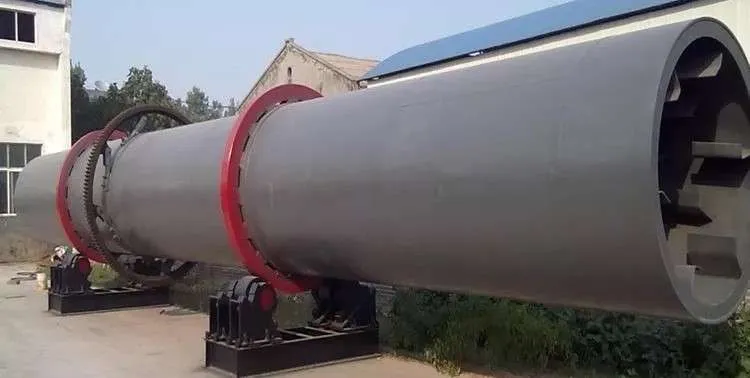Induction Heater is the Energy Saving heating Source for Rotary Dryers
Drying is an operation of great commercial importance in many industrial applications ranging through the food,
agricultural, mining, and manufacturing sectors. Drying is certainly one of the most energy-intensive operations in
industry and most dryers operate at low thermal efficiency. Drying is a process in which an unbound and=or bound
volatile liquid is removed from a solid by evaporation.Large quantities of granular material with particles of 10 mm or larger that are not too fragile or heat-sensitive, or cause any other handling problems are dried in rotary dryers in process industries.

The conventional heat transfer methods for drying are convection, conduction, and infrared radiation and dielectric heating. In modern drying techniques, internal heat is generated by radio or microwave frequencies. In most
dryers heat is transferred by more than one method, but each industrial dryer has one predominant heat transfer
method. In the rotary dryer this is convection, the necessary heat usually being provided by direct contact of a hot gas with the wet solid. Rotary drying is a complicated process involving simultaneous heat, mass transfer, and
momentum transfer phenomena.
A substantial number of papers have been published on rotary dryers covering various aspects such as drying, residence time distribution, and solids transportation. A static model for counter-current rotary dryer was developed by Myklesstad[1] to obtain a moisture profile for solids in both constant and falling rate periods. Shene et al.[2] developed a mathematical model to predict the solid and drying gas temperature and moisture content axial profiles along a direct contact rotary dryer by focusing on the drying kinetics based on phenomenological models. Shone and
Bravo[3] used two different approaches to predict the solid moisture content and solid temperature profiles along a
continuous, indirect contact rotary dryer heated with steam tubes by applying heat and mass balances to the solid
phase in a differential element of dryer length .
